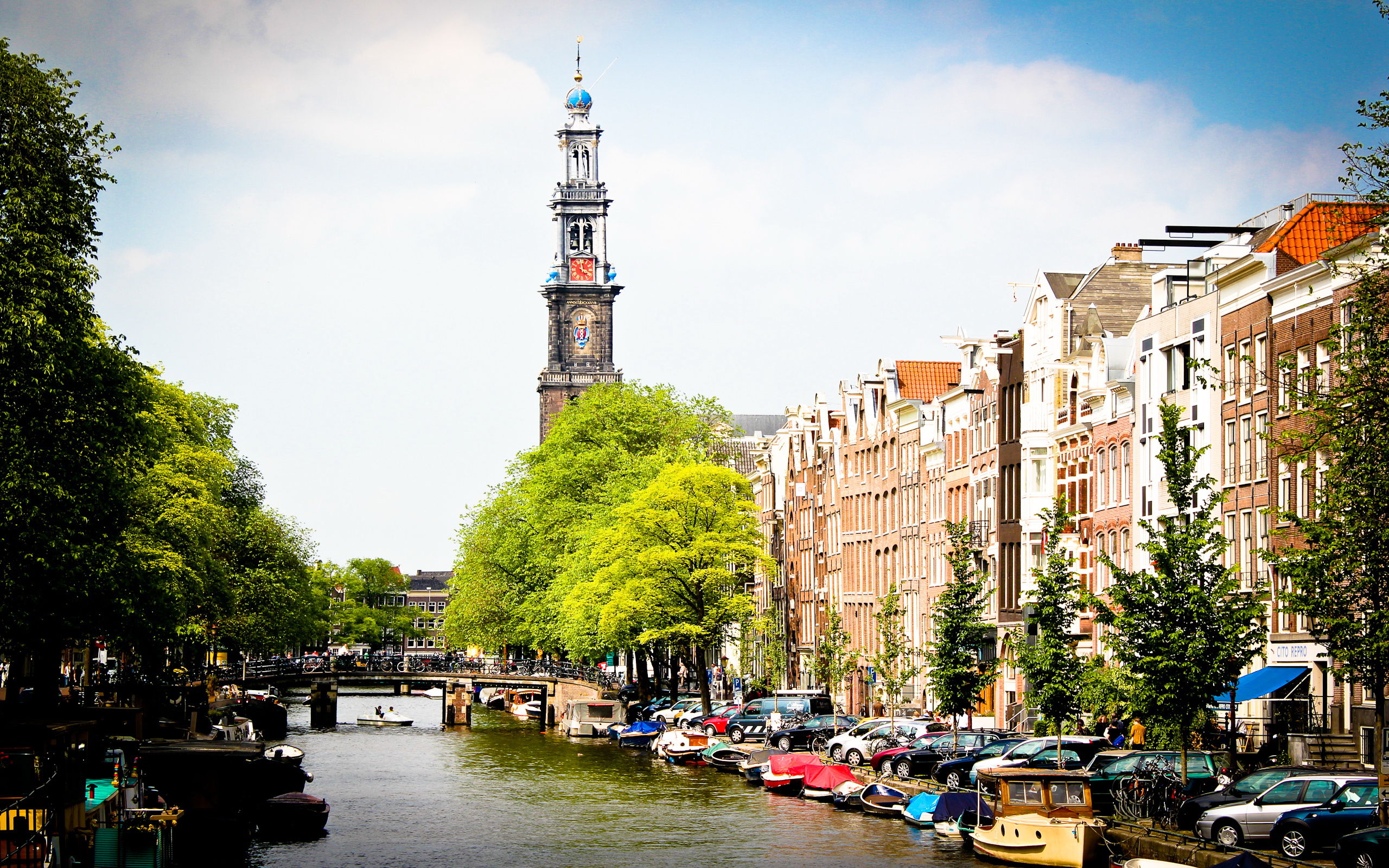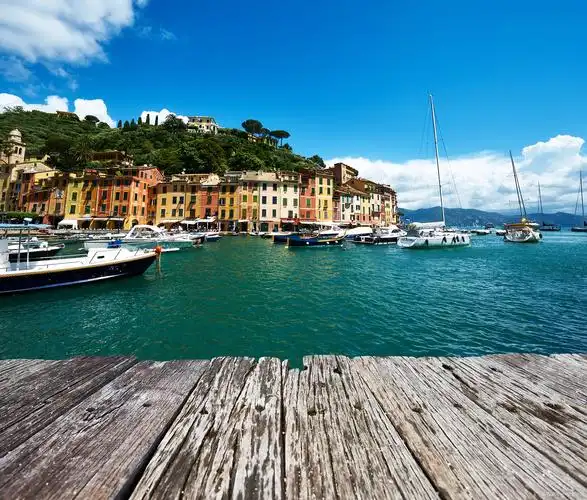Global Travel Information
Toledo, Spain
Toledo, Spain, is a city that defies the passage of time. Perched atop a granite hill, encircled on three sides by the relentless Tagus River, it stands as a monumental testament to the layers of history, faith, and culture that have shaped not just a city, but the very soul of Spain. To walk its labyrinthine streets is to traverse centuries, to feel the whispers of Visigoth kings, Moorish scholars, Jewish poets, and Christian monarchs echoing from the very stones. It is a place where the concept of La Convivencia—the Coexistence—was not merely an ideal but, for a time, a lived reality, making it one of the most captivating and complex cities in all of Europe.
The city’s strategic location, a natural fortress, made it a prize for every successive wave of inhabitants. To the Romans, it was Toletum, a modest but important settlement. However, it was under the Visigoths that it first ascended to prominence, becoming the capital of their Iberian kingdom in the 6th century. This early Christian rule laid the first stones of its religious significance. Yet, the true crucible of Toledo’s unique character began in 711 AD with the Moorish conquest. For nearly four centuries, the city, then known as Tulaytulah, thrived under Al-Andalus. It became a renowned center of learning, translation, and craftsmanship, particularly famed for its steel—the legendary Toledo blades, whose quality was said to be unmatched, a secret fusion of iron and steel perfected in its forges.
This period of Islamic rule gave birth to Toledo’s golden age of coexistence. While Muslims formed the ruling class, large communities of Jews and Christians lived under their protection, each contributing to a vibrant intellectual and economic society. This was the era when the city earned its moniker, the "City of Three Cultures." In the Jewish quarter, the narrow, shadowy lanes of the Judería still hold the memory of a thriving community. The magnificent Synagogue of Santa María la Blanca, with its forest of white, horseshoe arches and intricate stuccowork, stands as a powerful symbol of this time. Built by Islamic craftsmen for Jewish worship, its very architecture is a physical poem to collaboration and shared artistic spirit. Nearby, the El Tránsito Synagogue, with its stunningly detailed Hebrew inscriptions praising King Pedro of Castile and its Mudejar plasterwork, further illustrates the sophisticated world of Sephardic Jewry that flourished here.
The Reconquista of Toledo by King Alfonso VI in 1085 did not erase this multicultural tapestry overnight. Remarkably, the new Christian rulers adopted a policy of tolerance, continuing to utilize the skills of Muslim and Jewish scholars, particularly the famed School of Translators. Established under Archbishop Raymond of Toledo, this institution became the intellectual bridge between the East and West. Here, teams of Jewish, Muslim, and Christian scholars worked side-by-side to translate ancient Greek texts, preserved and advanced by Arab philosophers, from Arabic into Latin and Castilian. The works of Aristotle, Ptolemy, and Avicenna thus flowed into the heart of a Europe emerging from the Dark Ages, helping to spark the Renaissance. Toledo became a beacon of knowledge, a place where the light of learning was kept alive and passed on.
This delicate balance, however, could not last forever. The rising tides of religious intolerance and the unification of Spain under the Catholic Monarchs, Ferdinand and Isabella, culminated in the Alhambra Decree of 1492, which expelled the Jewish population from Spain. The subsequent persecution of Muslims irrevocably shattered the dream of La Convivencia. Toledo’s role shifted from a multicultural capital to a symbolic heart of the Spanish Catholic Church.
This new identity is etched into the city’s skyline most profoundly by the Toledo Cathedral. A masterpiece of Gothic architecture, it is a overwhelming symphony of stone, light, and art. Its construction, spanning over 250 years, absorbed influences from the Gothic, Mudejar, and Renaissance styles, creating a building that is itself a history book. Inside, the soaring vaults, the magnificent choir stalls, the transparente—a Baroque burst of light and sculpture—and the sacristy housing masterpieces by El Greco, Caravaggio, and Titian, all speak to the immense wealth and power of the Church in Spain. It is a monument intended to inspire awe and confirm faith, standing in stark contrast to the more intimate spiritual spaces of the synagogues and mosques that preceded it.
And no discussion of Toledo’s art is complete without El Greco, the painter who found his spiritual and artistic home here. Born in Crete, Domenikos Theotokopoulos arrived in Toledo in 1577 and remained until his death. The city’s intense mystical atmosphere, its lingering shadows and dramatic light, were the perfect muse for his unique style—elongated figures, vibrant, almost unnatural colors, and a profound spiritual intensity. His masterpiece, The Burial of the Count of Orgaz, housed in the modest Church of Santo Tomé, captures the essence of Toledo itself: the heavenly and the earthly coexisting in a single, breathtaking frame. Viewing it is a transcendent experience, connecting the viewer to the city’s deep, contemplative soul.
To experience Toledo today is to engage in a constant dialogue between these layers. One can stroll across the stout, Moorish Puente de Alcántara, enter the city through the grand Bisagra Gate, and get lost in a maze where a Gothic mansion stands beside a Mudejar courtyard with Arabic inscriptions. The aroma of marzipan, a sweet almond confection invented by Moorish-influenced nuns, wafts from convent windows. The clang of a modern craftsman’s hammer in his workshop echoes the ancient sound of sword-smiths.
From its ancient heights, Toledo offers more than a panorama of rooftops and churches; it offers a view into the very heart of Spanish history. It is a city that embodies both the sublime beauty of cultural fusion and the tragic scars of its dissolution. It is not a relic frozen in time, but a living, breathing museum of human endeavor, faith, and art. It reminds us of what was lost but also what was gained—a permanent, undeniable record of the three cultures that, together, forged the unique and enduring spirit of Spain. Toledo is, and forever will be, the eternal city.

相关文章
- Elbe River Amusement Parks: Rides with River Views
- Elbe River Camping Spots: Pitch a Tent by the Water
- Elbe River Glamping Sites: Luxury Camping Along the Banks
- Elbe River RV Parks: Stay in Your Camper Near the River
- Elbe River B&Bs: Cozy Accommodations with a Personal Touch
- Elbe River Hostels: Budget Stays for Young Travelers
- Elbe River Business Travel Guide: Meetings & Events Near the Water
- Elbe River Conference Venues: Spaces with River Views
- Elbe River Wedding Venues: Tie the Knot by the Water
- Elbe River Funeral Services: Respectful Locations Along the Banks
发表评论
评论列表
- 这篇文章还没有收到评论,赶紧来抢沙发吧~


